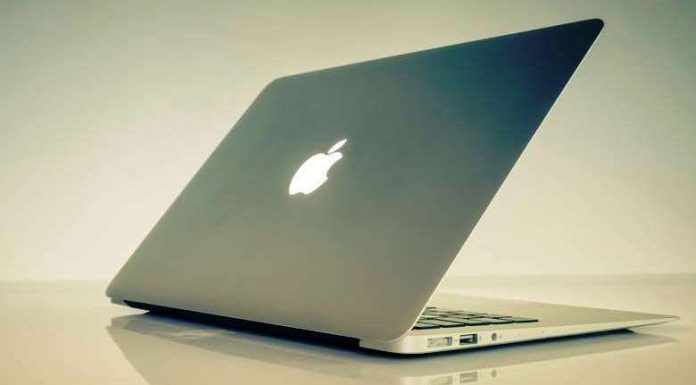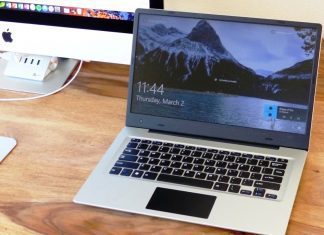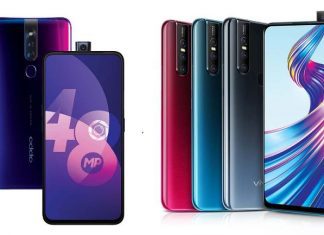Adding motion graphics to your digital videos is a fun, effective way to make them look polished and professional, but what’s the best way to do it? Does it matter which type of computer you use to add and edit motion graphics in your videos?
In this article, we’ll take a look at Mac vs PC when it comes to video editing and let you decide which type of device sounds best for your video editing needs!
What are Motion Graphics?
Before we dive in, let’s make sure we’re all on the same page about what motion graphics are. The term motion graphics can refer to any type of animation in which text is a major component.
Prime examples of motion graphics are animated logos, intro screens, and credits, to name just a few. However, any type of animated text in a video is a motion graphic.
Animated text can be spinning around, sliding from side-to-side, changing size, fading in and out, or doing any other type of movement that makes it non-static.
MacOS vs Windows: Which Operating System is Best for Editing Motion Graphics?
In the world of design and animation, people tend to lean towards using Mac devices, but why is that? Well, for starters, Adobe Suite got its start on the Mac. This provided Mac users with what is now staple design and video editing tools for users of all types of devices before anyone else had access to them.
Nowadays, Adobe Suite is available on both PC and Mac. So, if you prefer using a tool like Adobe After Effects to create and edit motion graphics, you can do it on either operating system with little difference.
That being said, macOS does have some native motion graphics editing tools that aren’t available on Windows, including Apple Motion and Final Cut Pro.
On the flip side of the coin, there are Windows-only video editing software programs, such as Windows Movie Maker.
Ultimately, there is powerful video editing software available on both Apple and Windows devices, so it comes down to user preference when you’re trying to decide which type of device to use for adding motion graphics to your videos.
If you’re most familiar with using one type of device, you’re probably best off sticking with that type of device for video editing because you’ll feel very comfortable with the user interface and tools like keyboard shortcuts.
What About the Devices Themselves?
Now that you know what the major differences in video editing software on PC vs Mac are, what about the capabilities of the machines themselves?
It’s hard to say whether there is a clear winner when it comes to choosing a device with macOS or Windows for your video editing needs — there are very powerful models available for both types of computers.
If you look at lists of the best laptops for video editing, you’ll see both PCs and Macs, including top models like the Apple Macbook Pro 14-inch and the Dell XPS 15 OLED, both of which could be great choice for up-and-coming video creators and editors.
The deciding factor when choosing between Mac and PC for video editing could come down to price. Apple devices tend to be significantly more expensive than similar Windows PCs. For example, there is about a $600 price difference between the two competing models mentioned above.
Is Windows 11 any Different for Editing Motion Graphics?
With the recent release of Windows 11, you might be wondering if it makes any difference in the comparison between macOS and Windows for video editing.
The biggest difference as of right now in Windows 11 is the design itself. You’ll still be able to use all the same Microsoft programs you could get in Windows 10, like Windows Movie Maker, but the look and feel of them have been seriously updated.
This might sound minor, but it can make a big difference to some people. This is because one of the big reasons Apple devices are heavily favored by the design and creative communities is for their aesthetics.
Mac devices have simple and clean user interfaces and user experiences, featuring lots of rounded corners and other sleek design aspects that make MacOS an attractive operating system for the design-oriented user.
For the past decade or so, Windows has offered the opposite style of design, opting for app icons and menus with sharp corners and a less streamlined experience. Well, Windows 11 is departing from this and going back to a more design-focused style, with a much sleeker overall look and experience.
This could be a deciding factor if you’re on the fence about which device is best for your motion graphics editing needs if the look of the operating system was a big thing holding you back from choosing Windows.
The Bottom Line
In the end, both macOS and Windows can equally help you get the job done when it comes to video editing.
Ultimately, you should choose a device based on your personal preferences, including what OS you’re used to using, whether or not it offers any native video editing apps that you like to use, how it looks and feels, and your budget.














